Blog » How to Guides » The Johari Window Model: The Definitive Guide
THE JOHARI WINDOW MODEL
The Definitive Guide
This is the definitive guide to the Johari Window Model.
In this comprehensive guide, I will help you:
- Master the concept behind the Johari Window Model,
- Understand where, when, and how to use it,
- Learn how to implement changes in your client’s life, and,
- Effectively and powerfully incorporate it in your coaching practice.
You’ll love reading this comprehensive guide!
Let’s get you started with the basics.
Don’t have time to read the whole guide right now?
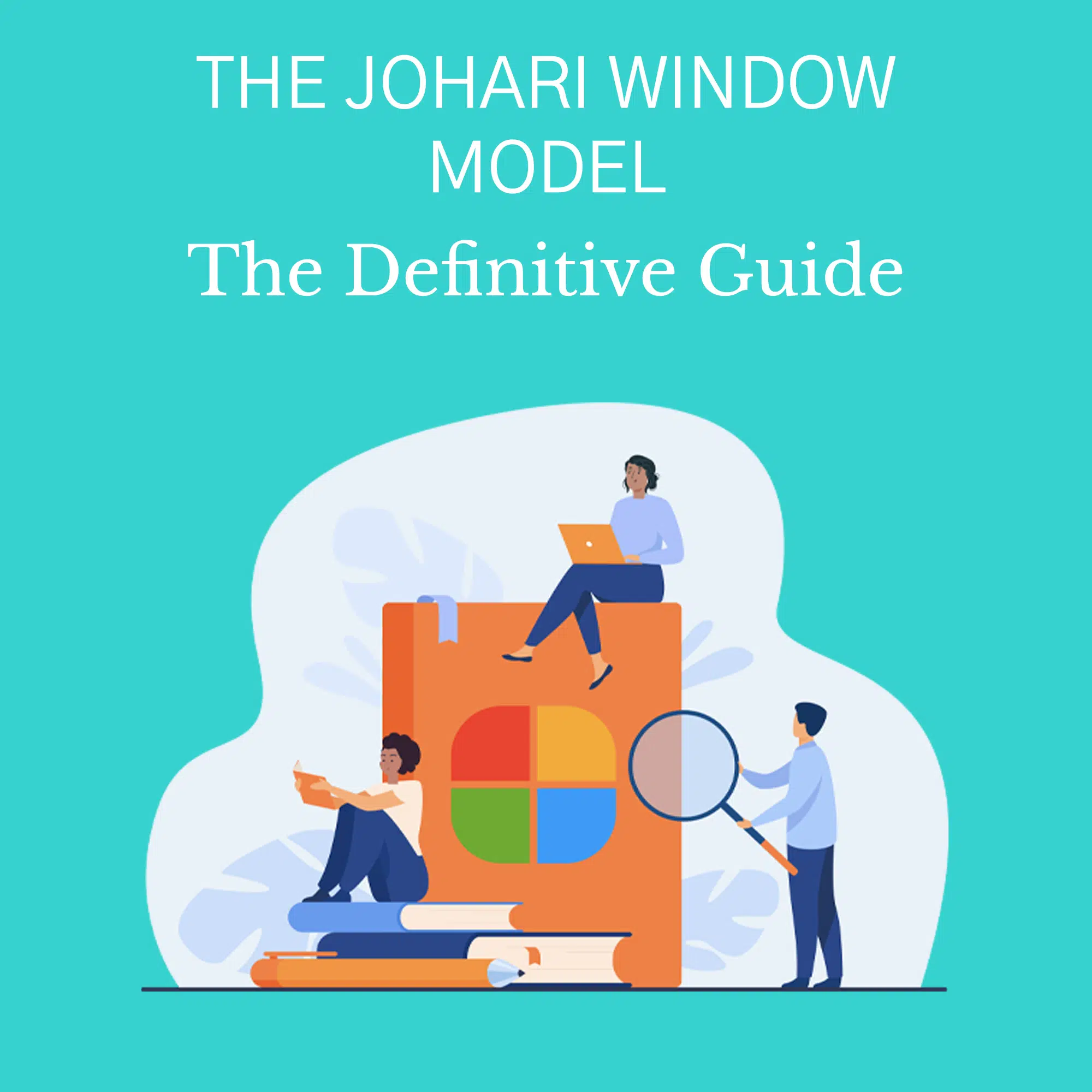
No worries. Let me send you a copy so you can read it when it’s convenient for you. Just let me know where to send it (takes 5 seconds)
Yes! Give me my PDF- THE JOHARI WINDOW MODELThe Definitive Guide
- The Fundamentals
- The Power of the Johari Window Model
- The Basic Structure of the Johari Window Model
- How to Accurately Create a Client’s Window Through the Model
- Reviewing and Analyzing the Results to Draw Conclusions
- How to Implement Changes and Plan Ahead
- Interpreting Different Windows and What they Showcase
- Coaching Tips for the Success of the Johari Window Model
- The Drawbacks of the Johari Window Model
- Useful Resources
Chapter 1:
The Fundamentals
In this chapter, I will cover the elementary aspects of the Johari Window Model. This is crucial, as it lays the foundation for your understanding of the tool, which we will learn to use later on in this guide.
These fundamentals include the definition of the Johari Window Model, its origin, the purpose behind its creation, and more.
Let’s jump right in!
What is the Johari Window Model?
The Johari Window Model, alternatively known as a Disclosure/Feedback Model of ‘Self Awareness’ and ‘Information Processing Tool’, is a psychological tool for improving communication and understanding between the self and others.
It is used to increase self-awareness, as well as the mutual comprehension amongst the members of a group.
It underscores the importance of various ‘soft skills’ such as empathy, co-operation, and personal as well as interpersonal development.
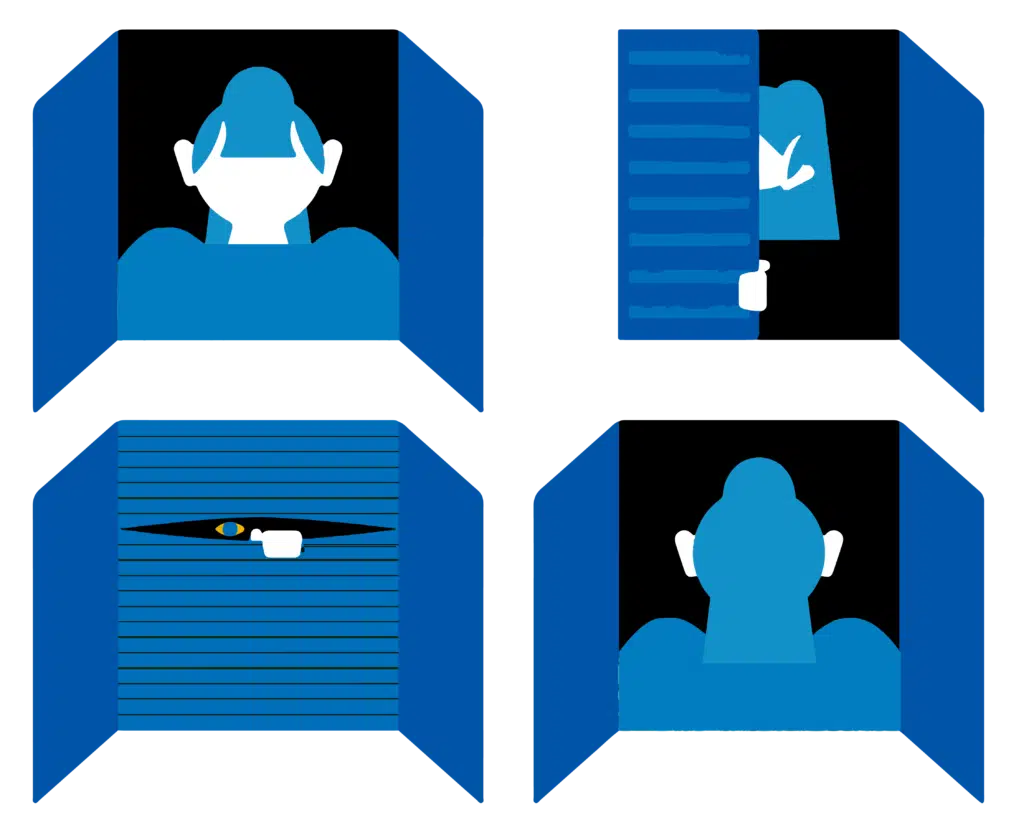
Where does the tool derive its name from?
The concept of the Johari Window Model was created by two psychologists in the year 1955 – Joseph Luft and Harrington Ingham (also known as Harry Ingham). They used an amalgamation of their first names to coin the term ‘Johari.’
The model was developed during their research around group dynamics at the University of California, Los Angeles, and some experts believe that it is influenced by Carl Jung’s psychological theories.
Soon, the model began to be widely used for the emotional development of individuals and teams alike.
Chapter 2:
The Power of the Johari Window Model
The Johari Window model has been hailed as an effective tool in psychology, lending itself to the field of life coaching as well, with coaches all across the world finding it extremely useful in their practices and businesses.
In this chapter, I will show you the areas of life it can help with, as well as how it has proved to be so effective in these areas.
What does it help with?
As I mentioned in the previous chapter, the Johari Window Model is used to enhance the soft skills required to increase self-awareness and improve inter-group relationships. It is a fantastic tool that can be leveraged for personal development, as well as team development.
Let’s review these advantages one by one.
Self-awareness
This model acts as a tool for self-analysis, enabling you to equip your client with the knowledge of their own strengths and weaknesses – even from the point of view of others.
Personal development
With more self-awareness comes the opportunity for personal growth for your client. You can then help them to change habits, behaviours and attitudes.
Communication
By engaging in this model, you can help your client open up new channels for communication with their peers. It allows for better and more open interaction between members of a group.
Why the Johari Window Model works
There are several reasons this tool has gained such credibility over the years.
360 degree view
Through the Johari Window Model, you can give your clients a 360 degree view of themselves. It’s effectiveness hinges on the fact that it enables a person to compare how they view themselves with the way their peers do – and correct any discrepancies.
Aligning views
When the way your client sees themself is aligned with how others see them, it paves the way for fruitful interactions. This model brings differing points of view to the table and consolidates them in a way that proves super effective in improving personal and interpersonal relationships.
Chapter 3:
The Basic Structure of the Johari Window Model
Before we delve deep into the workings of the Johari Window Model, let’s take a moment to chalk out an outline of its basic four-quadrant structure.
In this chapter, I will explain the role of each of the quadrants to you, as well as list out some other factors that are essential to the composition of the model.
An Overview of the Four Quadrants
The Johari Window Model is modelled after a four-square grid. You can think of it like a window with four panes, much like the diagram shown below.
The open area, blind area, hidden area, and unknown area make up the four quadrants of the model. Each of these have several other names, which I have listed out below as well.
The Open Area
This quadrant is also known as the open self, free self, free area, or open arena; it refers to that which is already known to your client about themselves, as well as the rest of the group. This information could be attitudes, facts, skills, or anything else about your client that is public knowledge.
In a study about the expansion of the Open Area, 12 students (5 females and 7 males) from the Department of Psychological Counselling and Guidance volunteered to use the Johari Window Model to increase self-awareness. The results indicated that their Open Areas were expanded, and positive relationships with others were established over the course of this activity.
The Blind Area
This is also referred to as the blind self or blind spot, and comprises information that others know about your client, but that they themselves are not aware of.
This is a very important quadrant for personal development, as this is where you can help your client uncover others’ positive or negative perceptions, such as hidden strengths or weaknesses.
The Hidden Area
The hidden area is also called the facade, hidden self, avoided self or avoided area. This is because it refers to what your client knows about themselves, but is unknown to the others in the group.
This private information – feelings, dreams, hopes, desires, and more – may be hidden from others out of fear of judgment. A growing sense of trust may help your client volunteer some of these secrets to the group.
The Unknown Area
The unknown area, or unknown self, is what is unknown by your client about themselves, as well as by the other members in the group.
This area could be filled with untapped talents or skills, childhood memories or traumas, and other unknown behaviours and information about the individual.
It is important to spot an unknown factor when it presents itself in the unknown area.
To help you do so, I’ve made a list of a few common unknown factors to keep in mind while conducting this exercise with your client:
- A phobia or fear that the individual is not aware of,
- A natural aptitude, or ability, that has not made itself known to your client,
- A skill or ability that your client has not tapped into, due to lack of confidence, training or opportunity,
- Feelings or desires of the subconscious mind,
- Behaviours or attitudes that have been conditioned from childhood, and/or,
- A physical or mental illness that is not known to your client.
Chapter 4:
How to Accurately Create a Client’s Window Through the Model
Now that you know the basic structure of the model, it’s time to move on to the process to discover your client’s window.
In this chapter, I will list out a step-by-step process that you can follow to accurately achieve this.
Step 1: Choosing Peers
To begin this activity, you need to help your client choose a group of peers they can trust. This group can consist of friends, family, classmates, etc.
If you’re doing this as part of an organisational activity, members of a particular team can make up the group.
Step 2: Choosing Adjectives
The Johari Window Model relies on a list of 56 adjectives, which can be used to describe an individual. You can refer to the complete list in the diagram below.
The Words
| able | accepting | adaptable | bold |
| brave | calm | caring | cheerful |
| clever | complex | confident | dependable |
| dignified | empathetic | energetic | extroverted |
| friendly | giving | happy | helpful |
| idealistic | independent | ingenious | intelligent |
| introverted | kind | knowledge | logical |
| loving | mature | modest | nervous |
| observant | organised | patient | powerful |
| proud | quiet | reflective | relaxed |
| religious | responsive | searching | self-assertive |
| self-conscious | sensible | sentimental | shy |
| silly | spontaneous | sympathetic | tense |
| trustworthy | warm | wise | witty |
First — ask your client to choose 7-10 words that they associate with themselves. Simultaneously, get your client’s peers to choose the same number of words for them. These could be similar to or vastly different from the adjectives the individual has chosen.
For example, your client may think of themselves as quiet and introverted, but a member from the group may think they are confident and wise.
Step 3: Filling out the window
Now, it’s time to fill out your client’s window based on the adjectives that have been chosen by the individual, as well as the others in the peer group.
Here’s how you can correctly fill the information acquired through the activity in each of the four quadrants:
- The Open Area – Jot down all the words that your client, as well the others, chose in common in this area. This is the information that everyone knows about your client.
For example, it may be common knowledge that they are witty.
- The Blind Area – Here, place all the words that your client’s peers chose, but that they didn’t. These sets of words become the traits that the individual is unaware of, but others aren’t.
For example, your client may not particularly consider themself organized, but others seem to spot that quality in them.
- The Hidden Area – Ask your client to write down all the words that they chose for themself, but weren’t found in other people’s lists. These adjectives represent traits that a person knows about themselves, but others are unaware of it.
For example, your client may be religious, without the knowledge of others in the group.
- The Unknown Area – If any words remain, slot them into this area. You can also choose to keep this area empty. The words here, if any, represent those things that neither the individual nor the group consciously knows about your client.
Here’s an example of what a completed window may look like:
Chapter 5:
Reviewing and Analyzing the Results to Draw Conclusions
Once your client’s window has been correctly filled out, it’s time to study it and review its strengths and weaknesses. Only then can we move on to changing it for the better.
In this chapter, I will show you how you can review and analyze your client’s window to forge the path ahead.
Studying the Window
One by one, start studying each of the four quadrants of your client’s window.
Here’s how you can review and analyze them.
Reviewing the Words
Review the words that were placed in the Open Area, Blind Area, Hidden Area and Unknown Area. Is anything coming as a surprise to your client?
Make a note of such adjectives, so that you can discuss them with the rest of the group later and take their feedback.
Analyzing the Sizes
Analyze the sizes of the four quadrants. Is the Open Area fairly bigger than the rest of the areas? Or is the Blind or Hidden Area dominating your client’s window? This will come in handy in the next chapter, where I show you how to change the window to improve it.
Dispelling Anxiety
Reviewing and analyzing your client’s window can prove to be very beneficial. Here is how it can therapeutically help the client dispel anxiety.
Many times, we are scared that our peers perceive us in a negative way, when in fact, they hold no such feelings. When you sit down with your client and study their window, you will be able to dispel such fears and anxieties.
A study performed by Rony Paz of Weizmann Institute of Science in Israel in 2016 shows how anxiety can cause fundamental differences in perception.
For example, your client may be worried that since they don’t mingle with the office crowd enough, they may be perceived as unfriendly. But the window may reveal the word ‘friendly’ in the blind area, showing that the others think your client is actually fairly approachable.
Chapter 6:
How to Implement Changes and Plan Ahead
Once you have spent some time analyzing your client’s window, you can begin trying to change it. Another important step is to plan ahead.
This chapter shows you how to implement positive changes in your client’s window and set them on the path for growth in the future.
Four Processes that Help Change the Window
In order to improve your client’s window, you need to help them increase the size of the open area, and decrease that of the remaining areas. This means that more information should be known to both the individual as well as the members of the group.
The four different processes that help do this are self-disclosure, feedback, shared discovery, and self-discovery. Let’s study each in detail.
Self-disclosure
Encourage your client to share information that others don’t necessarily know about them through self-disclosure. To do this, the individual can pick out words from the Hidden Area, and elaborate on those.
For example, if your client had chosen ‘independent’ as an adjective, and others don’t see them that way, this is where they can explain where they are coming from. Perhaps, they grew up as an only child, and prefer working alone.
The trick is to reveal personal information that brings your client closer to the group, without sharing feelings or emotions that they would prefer keeping private.
Through this process, you will be able to expand the Open Area, while decreasing the size of the hidden area.
Feedback Solicitation
Feedback solicitation is of utmost importance for the success of the Johari Window Model. It is the process by which an individual actively shares and listens to feedback from the rest of the group.
To facilitate this process, you can ask the members of the group to talk about the words from the Blind Area, and why they chose them.
For example, people may think your client is self-conscious, when in reality, they’re just a bit introverted.
Again, it’s important to make sure that the feedback shared is constructive and not destructive or hurtful. According to research done by Francesca Gino and Paul Green of Harvard Business School and Brad Staats of the University of North Carolina, we are 44% likely to drop people who give us negative feedback.
By the end of this activity, the Open Area of your client’s window will be even bigger, and the Blind Area will become smaller.
Self-discovery
This activity may help your client introspect and discover things about themselves. These could be talents or feelings they were subconsciously aware of, but are able to gain more insight into post the feedback shared by members of their group.
However, this newly discovered information from the Unknown Area will initially go into the Hidden Area, until your client decides to share it with the group and move it into the Open Area.
Shared Discovery
In order to discover more information hidden in the Unknown Area, it’s a good idea to work with a therapist or a counsellor. Childhood traumas and repressed desires, feelings, fears etc. may be unearthed during the process of shared discovery.
Much like self-discovery, this process may increase one or the other areas, as the information from the Unknown Area makes itself known to the individual, group, or both.
Applying the Processes in the Field of Business
When using the Johari Window Model in a business setup, it’s important to connect the customers with the company. Some of the processes mentioned above can be used to effectively apply this model in the field of business.
Here’s how:
- Feedback – Taking feedback from the customers on the various products of the company will help reduce the Blind Area.
- Self-disclosure – Customers may not be aware of some important information about the products, like where the raw materials come from, what the ingredients are, etc. By sharing this information, the company can reduce its Hidden Area.
- Innovation – Additionally, innovating and brainstorming can help a company move out of its comfort zone. By tapping into new opportunities and developing new products through ample research, they can reduce their Unknown Area.
The Way Forward
It’s important to note that changing one’s window can often not be achieved overnight. It can take time, effort and consistency to increase the Open Area and decrease the rest. So, you must keep working with your client on their window, by constantly guiding them in the future.
You can check in with your client every few months by setting up follow-up meetings. This will let you track their progress and help them whenever they face an obstacle.
Chapter 7:
Interpreting Different Windows and What they Showcase
As you use the Johari Window Model with your clients, you will find different types of windows emerging.
In this chapter, I will show you a few examples of common windows, and what you can learn from them.
Window of High Self-Awareness and High Trust
To understand this type of window, let’s take an example.
Jia joins a new organization, and within the first few months, it becomes clear that she is in line for a promotion. This is because she is extremely self-aware, and takes initiative based on the skills and talents she knows she possesses.
Apart from this, she is a very trusting person, and is able to get along well with her peers because of it.
This is what Jia’s window will look like. High self-awareness indicates that Jia’s Open Area is large in size, whereas her Blind and Unknown Areas are small. Her high trust shows that her Hidden Area is smaller, as she shares information readily with her peers.
Window of Low Self-Awareness and Low Trust
Let’s look at another example.
Sid has been a part of the same organization for the last five years, and he feels like he isn’t growing in his company or role. This could be due to his low sense of self-awareness, which prevents him from knowing his strengths and weaknesses. Hence, he does not do well in his projects.
Moreover, because he rarely trusts people, even those he works with, he doesn’t perform well in team tasks, And his teammates dislike him due to his aloofness.
Here’s a glimpse at Sid’s window. As you can see, due to his low self awareness, his Open Area is small, and his Blind as well as Unknown Areas are large.
Similarly, because of his low trust in his peers, his Hidden Area is quite large, as he isn’t able to share personal information with others.
Chapter 8:
Coaching Tips for the Success of the Johari Window Model
Before you incorporate this powerful tool in your coaching practice, I’d like to take this opportunity to prepare you with some useful tips.
In this chapter, I will list out some dos and don’ts as well as advanced tips that will help you maximize the benefits of the Johari Window Model.
Dos and don’ts
In order to gain the most from this experience, you need to make sure you’re ticking all the boxes.
Here are a few best practices to follow, and common mistakes to avoid, while guiding your client through this activity.
Do this:
- Prepare your Client
Make sure they approach the activity with an open mind. If they already have reservations about it, they may not absorb the information they receive during the experience, which defeats the purpose.
- Bring Together a Large Group
As they say, the more the merrier. Get the maximum number of people to fill out your client’s window. More inputs mean more data, and that’s a great thing, as you’re trying to highlight adjectives that appear more often in the quadrants.
- Build a Safe Space
Create a safe and positive environment where communication and trust can be enhanced between all the members present. In order to do this, ensure that all the feedback being offered is constructive, with positive intentions at work.
- Promote Reflection by Asking Questions
Facilitate the learning process by actively being involved. You can ask questions to promote introspection and reflection.
A few examples are listed below:
- Did you struggle with picking out adjectives for yourself? Why do you think that is?
- Did you find it hard to choose adjectives for the others? What could be the reason behind that?
- Did some adjectives surprise you? Which ones and why?
- How do you think you can reduce your Blind Area and Hidden Area?
Don’t do this:
- Tolerate Judgment
Some unexpected, personal information might come out during the course of this activity. Ensure that each individual knows that there isn’t a right or wrong response in the Johari Window Model. Exclude judgment from the activity, so that the real issues can be discovered through team effort.
- Overthink the Adjectives
A word cannot describe a person completely. Encourage everyone to go with their gut and choose the adjectives that they think fit the person’s personality.
Advanced Tips
Considerations for the Model to Work
- The Right Balance between Sharing and Oversharing
For the Johari Window Model to succeed, your client and the other members of the group need to strike the right balance between sharing personal information to build trust and communication, and sharing unnecessary private information that may make people uncomfortable. Encourage short and to-the-point interactions.
- A Fluctuating Window
Let’s face it, every interaction in the activity will change your client’s window in one way or another. So, don’t be alarmed when the window begins to look different by the time you’re done.
- A Changing Window
Your client’s window may look drastically different as time goes by, and as they grow and learn from the different times they participate in this activity under your guidance.
- Observe Behaviours and Attitudes
For the model to be a success, your client needs to work on minimizing their Unknown Area even after the activity is over. You can ask them to observe their behaviours and attitudes with the help of their peers to do so.
Different Ways to Incorporate the Model in your Practice
The Johari Window Model can be used for individual clients, organizations, as well as for groups. Here’s how.
- Individuals – This is the standard way to use this model, where your client is the centre of attention. You assemble a group of people who know them well, and conduct the activity to construct your client’s window.
- Groups – Even though the Johari Window Model is most commonly used as an individual activity (in relation to a group), it can also work for a small group. To conduct such an experience, perhaps in a school, college or office, you can ask each member of the group to fill out their window using the same steps described in Chapter 4.
- Organizations – The model can also be used in businesses and organizations. This can be done either to improve the communication between customers and the company (as explained in chapter six), or to strengthen the trust between teammates in an organization through a group activity.
Chapter 9:
The Drawbacks of the Johari Window Model
I’m not here to tell you that the Johari Window Model has a hundred percent success rate. Like most coaching tools, it comes with drawbacks that make it less than perfect.
In a study examining the Johari Window as a research tool by Hensley, Wayne E, results of 61 male and 99 female students indicated that there was a failure in differentiating between appropriate and inappropriate self-disclosure. The study concluded that the Johari Window Model was not a useful research tool, but may have merit as a pedagogical device.
Now that we’re approaching the end of this guide, I would like to spend some time talking about these flaws and why they’re worth noting.
Overcommunication
As mentioned before, the idea is to share, not overshare. Overcommunication happens when a person shares intimate details from their life, which should’ve remained private.
For example, this is not a place for your client to open up about their sexual encounters or desires, and deeply personal mental trauma. It will likely not be appreciated or understood.
Negative Reactions
Sharing feedback is a tricky situation. Some things, however hard we may try, get lost in translation. While some cultures and people are fairly open to receiving feedback, others can quickly take offense to anything that they don’t like hearing about themselves.
This may weaken the very bond you were trying to strengthen.
For example, your client may not be very happy to hear an adjective like ‘silly’ or ‘proud’ being used for them, whereas the person who used it may have meant it in a positive manner.
Information Leaks
You cannot control what people do once the activity is over. You can hope that everything that’s been said and done remains in the room — but often, it doesn’t.
People may leak personal information that has been shared during the activity either because they are careless, or because they intend to harm or hurt your client.
For example, a person from the group may slip up and tell someone from the office about how your client’s nervous nature stems from failed relationships in their past.
Chapter 10:
Useful Resources
In order to add this effective tool to your coaching armour, you need to get your hands on all the various templates and resources associated with it.
This chapter contains many such templates and assignments, and also explains why you should use them.
Downloadable Templates
You can use this blank downloadable template created by us to conduct the Johari Window Model exercise with your clients.
You can even print it on your letterhead so you have a custom branded Johari Window for your coaching practice.
Apps
Apps can be a good way to track progress when your client wishes to do so on their own.
An app based on this model is Johari Window, although it’s only available for Android users. Unfortunately, there’s no app for Apple users at the moment.
Online Assessments and Interactive Worksheets
In order to help your client recognize behaviours, you can ask them to fill out this worksheet, which includes probing questions based on the results of their window.
Moreover, you can also rely on online assessments such as this one, where your client can save their response and then forward the blank window to be filled out by their peers.
Pop Quiz
Want to test your newly acquired knowledge of the Johari Window Model? Try out this quiz and tell me how you did.
It will also help you revise and process the information shared in this guide.
In Conclusion
Congratulations! You have successfully completed the definitive guide to the Johari Window Model.
I’m pleased to say that you have all the material you need to utilise and leverage the power of the Johari Window Model coaching tool.
Feel free to use the assessment yourself, and share your own experience.
Do leave a comment below – I would love to hear from you!

Download a FREE PDF version of this guide…
PDF version contains all of the content and resources found in the above guide.

ABOUT SAI BLACKBYRN
I’m Sai Blackbyrn, better known as “The Coach’s Mentor.” I help Coaches like you establish their business online. My system is simple: close more clients at higher fees. You can take advantage of technology, and use it as a catalyst to grow your coaching business in a matter of weeks; not months, not years. It’s easier than you think.
AS SEEN ON




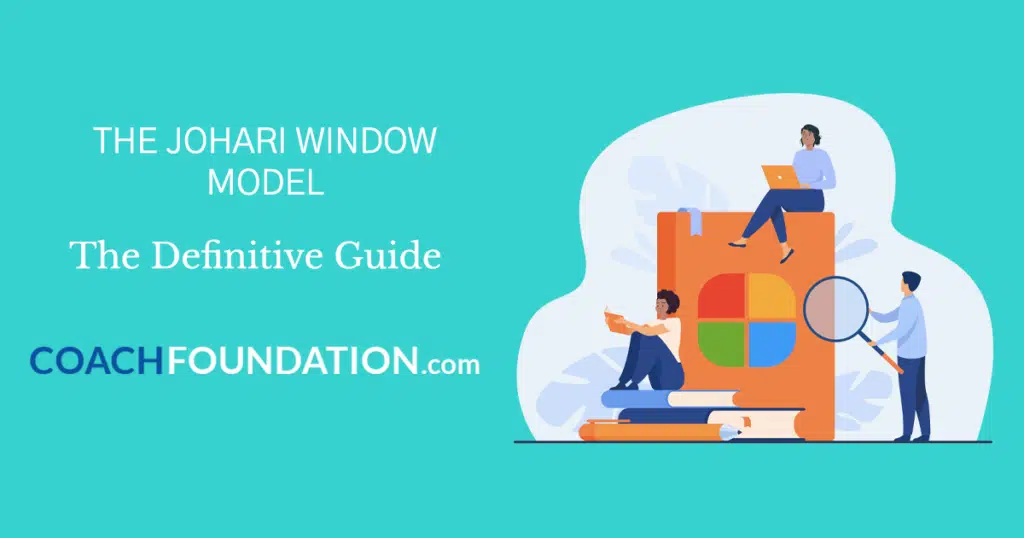

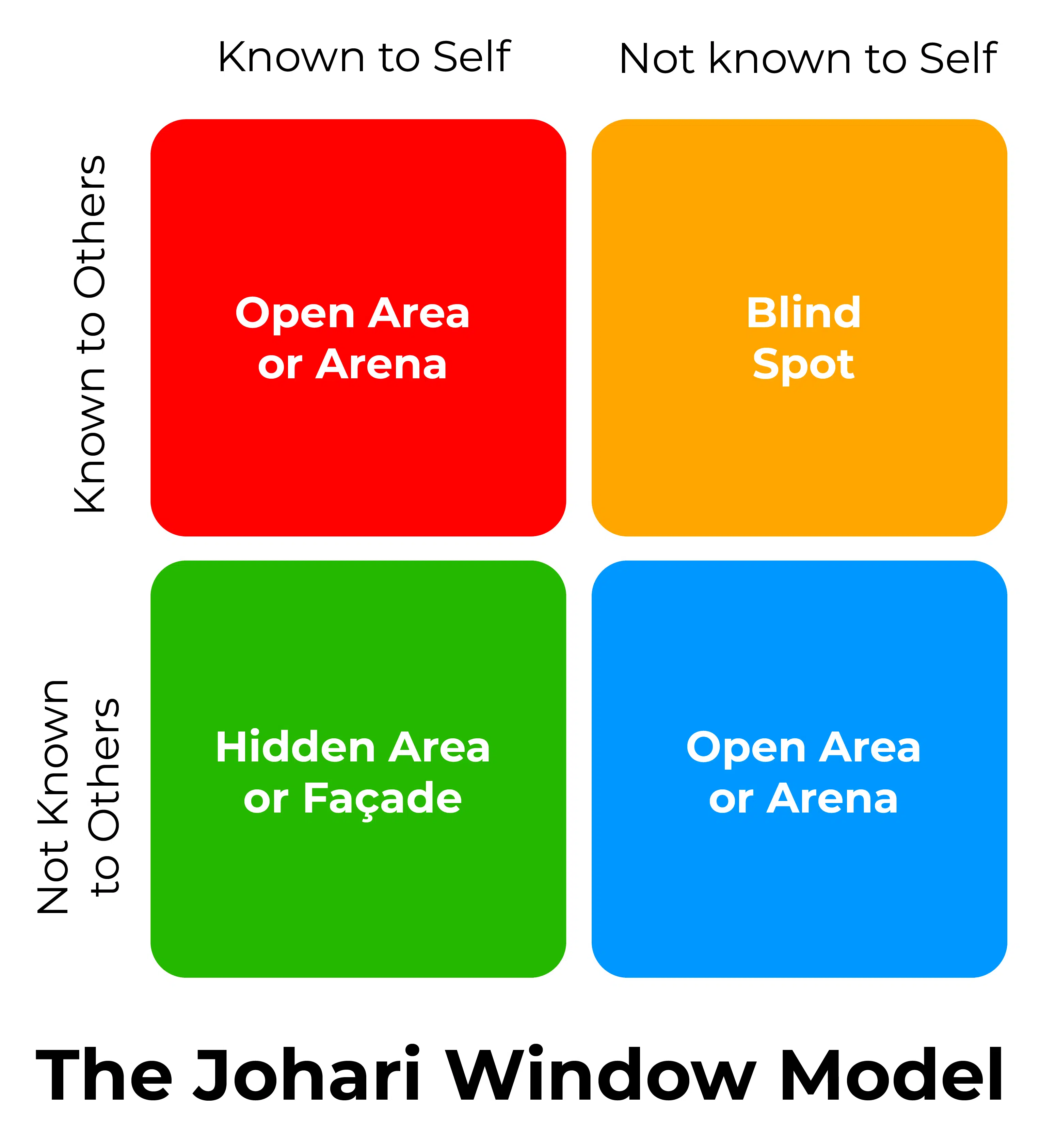

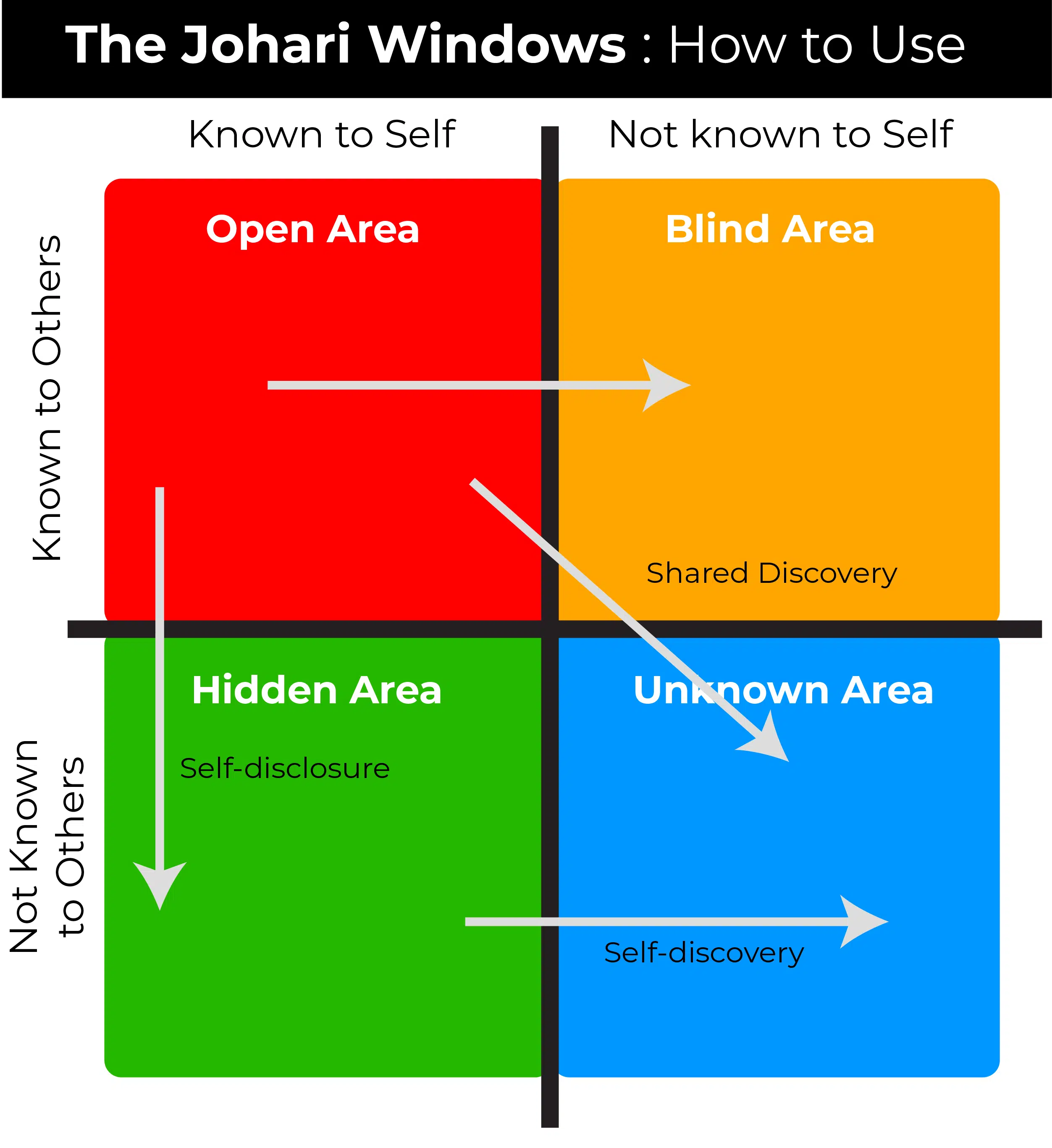
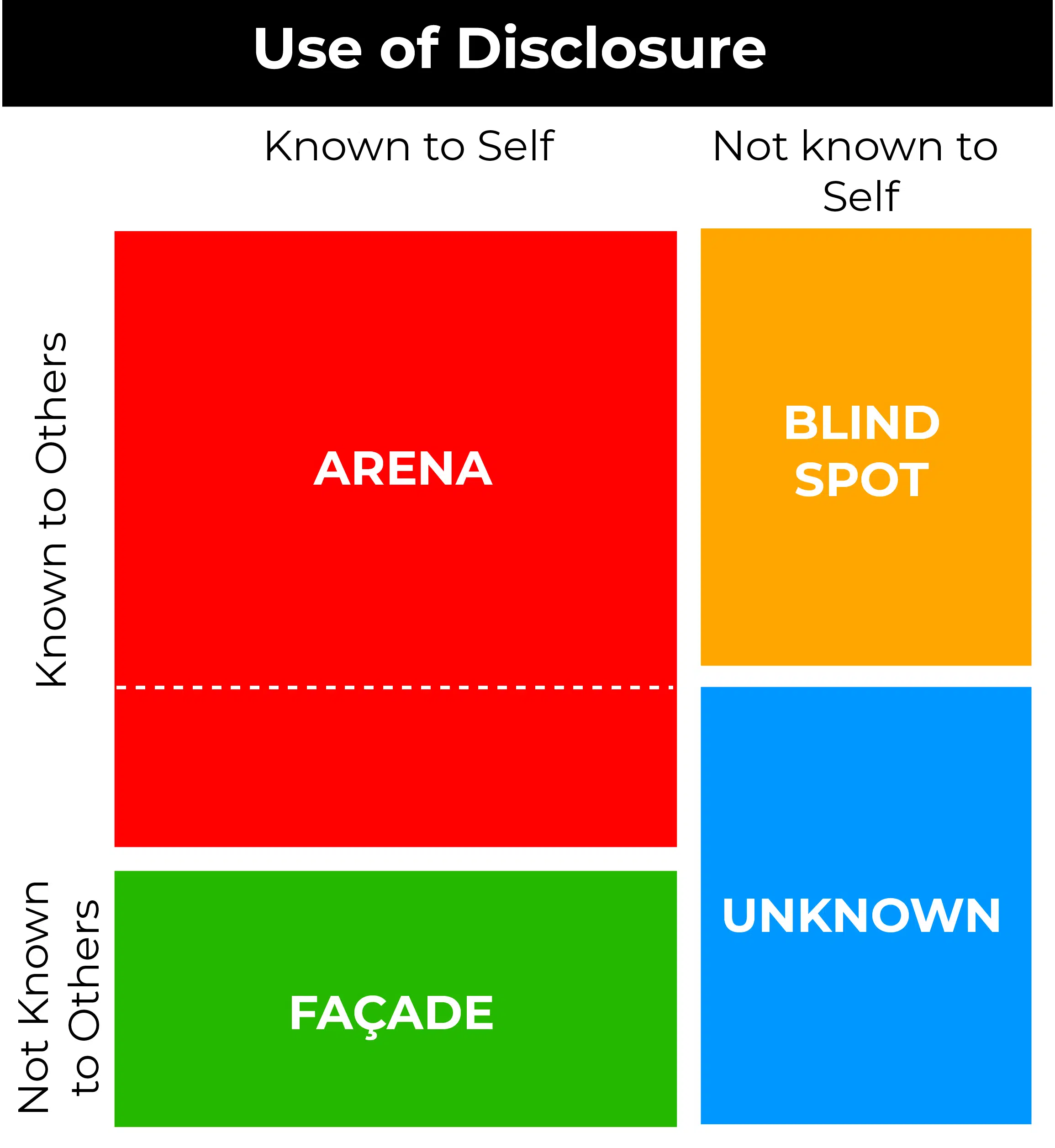

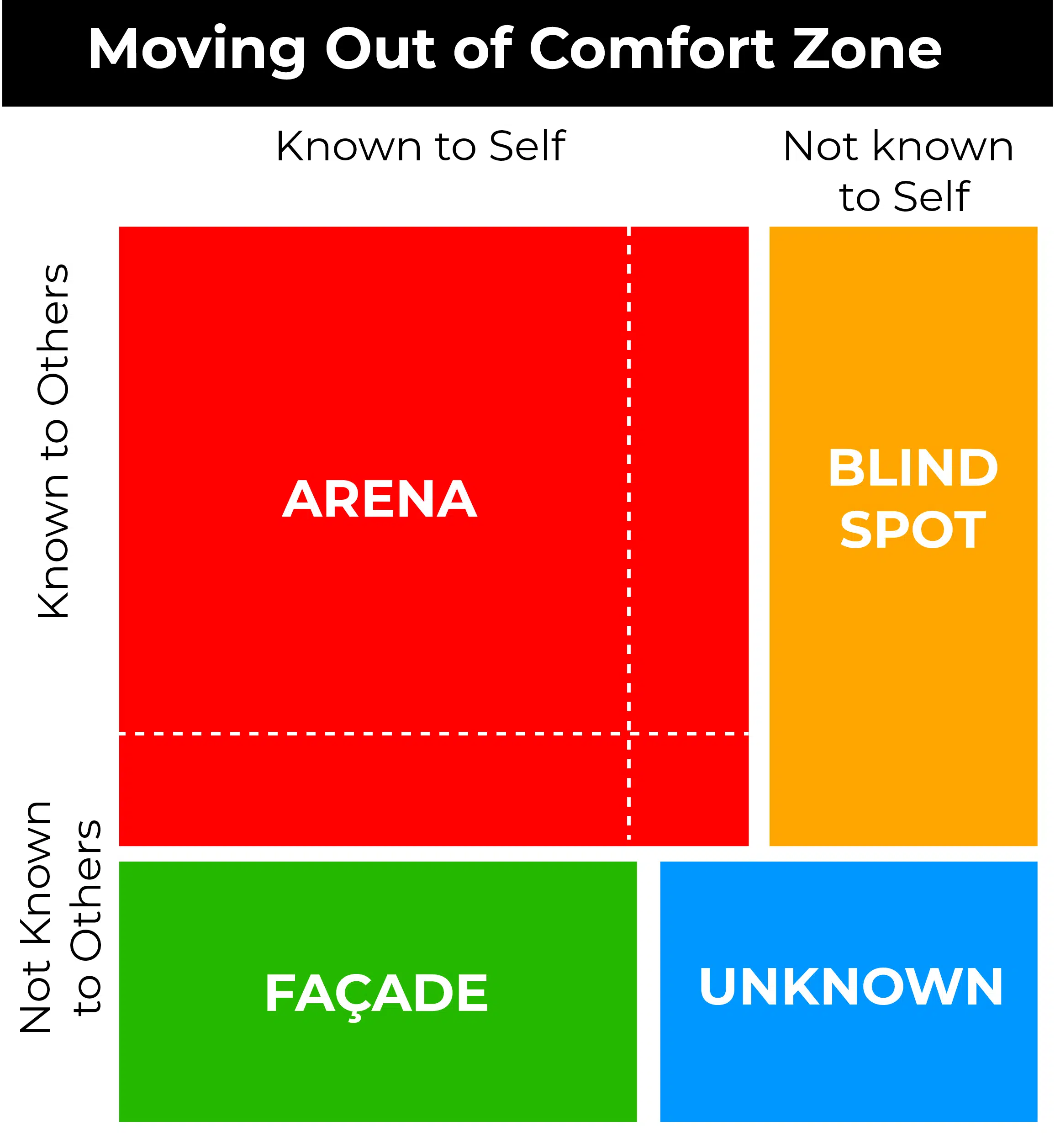
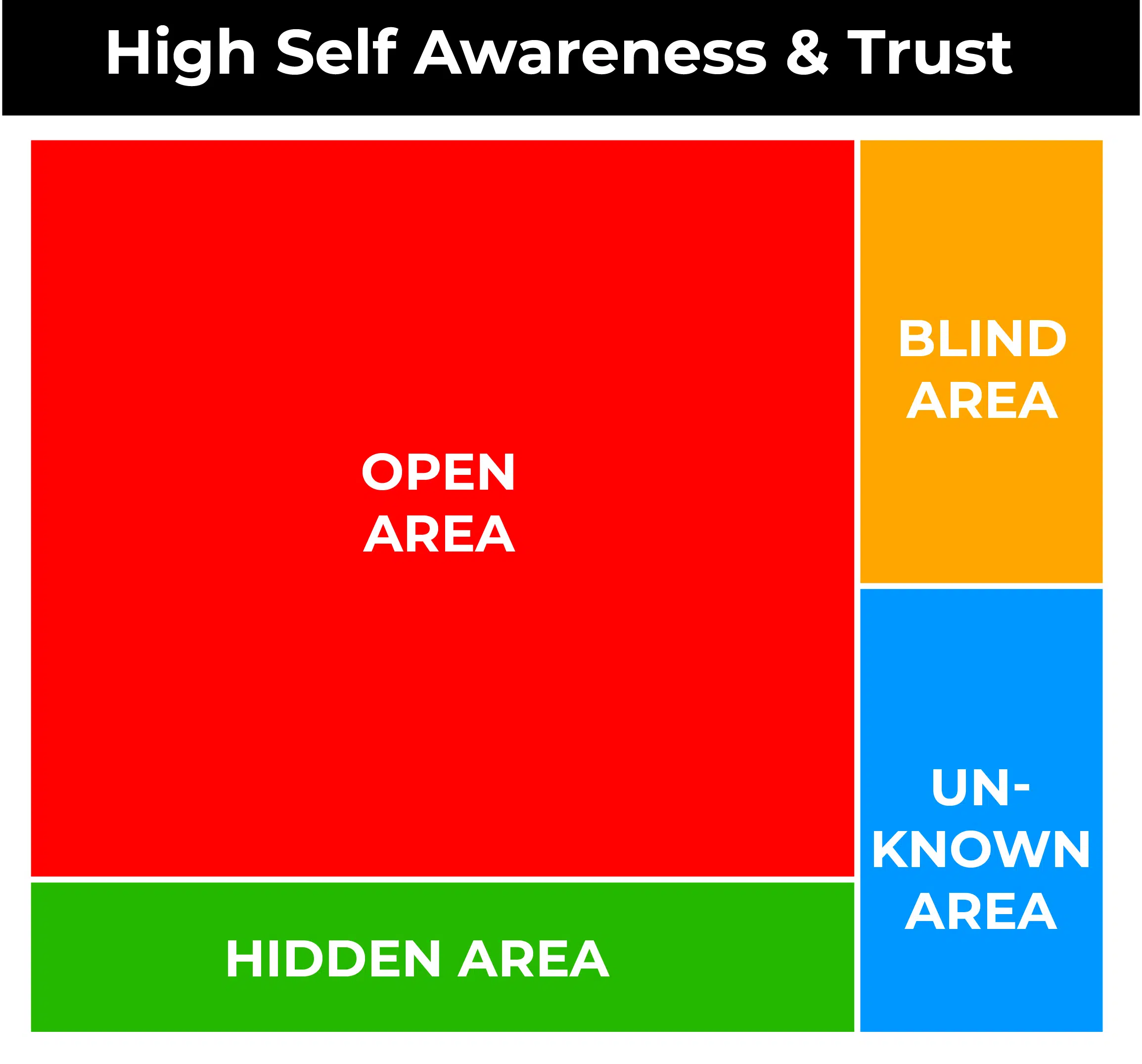
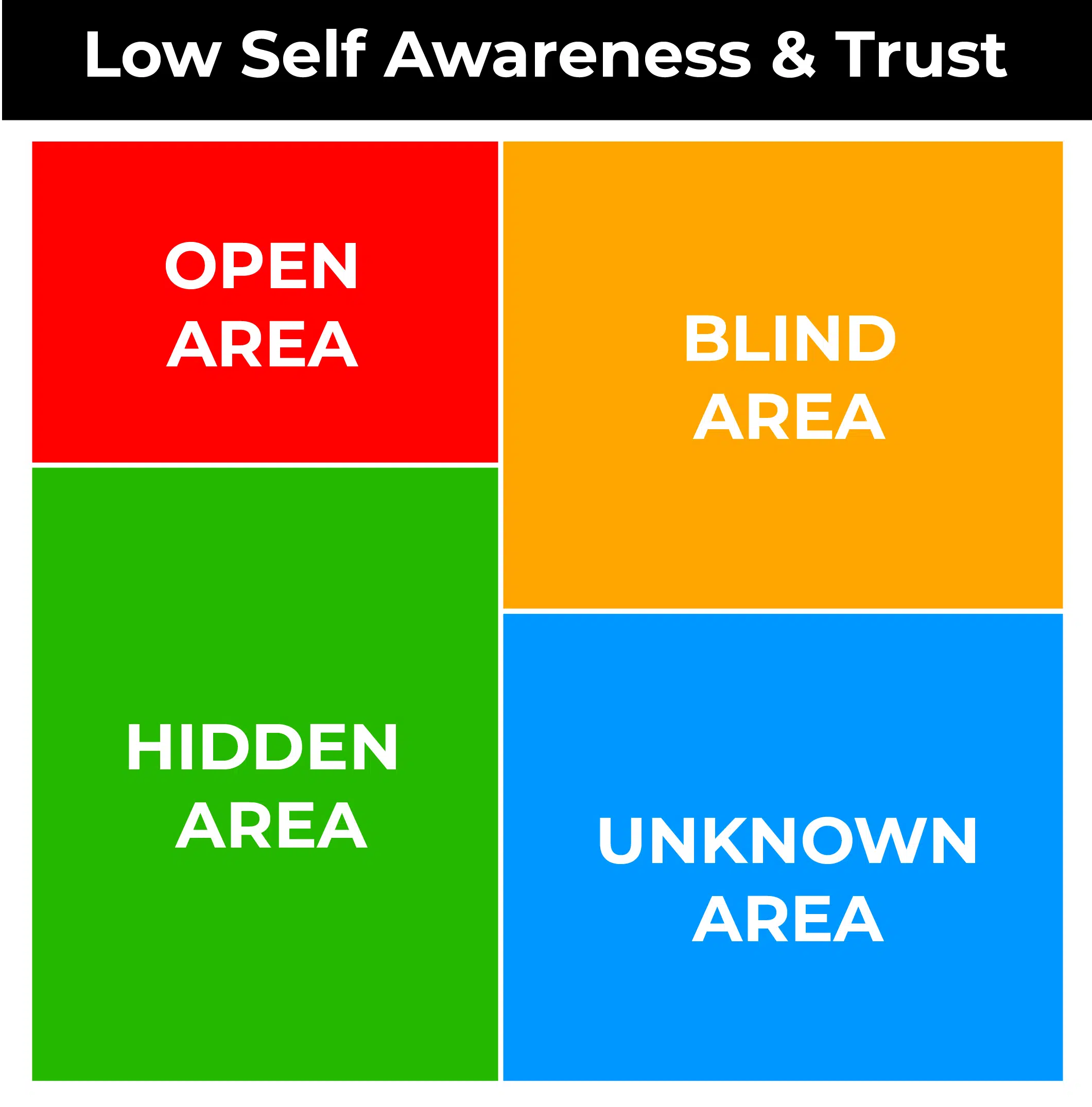
ABOUT SAI BLACKBYRN
I’m Sai Blackbyrn, better known as “The Coach’s Mentor.” I help Coaches like you establish their business online. My system is simple: close more clients at higher fees. You can take advantage of technology, and use it as a catalyst to grow your coaching business in a matter of weeks; not months, not years. It’s easier than you think.
AS SEEN ON
0 Comment